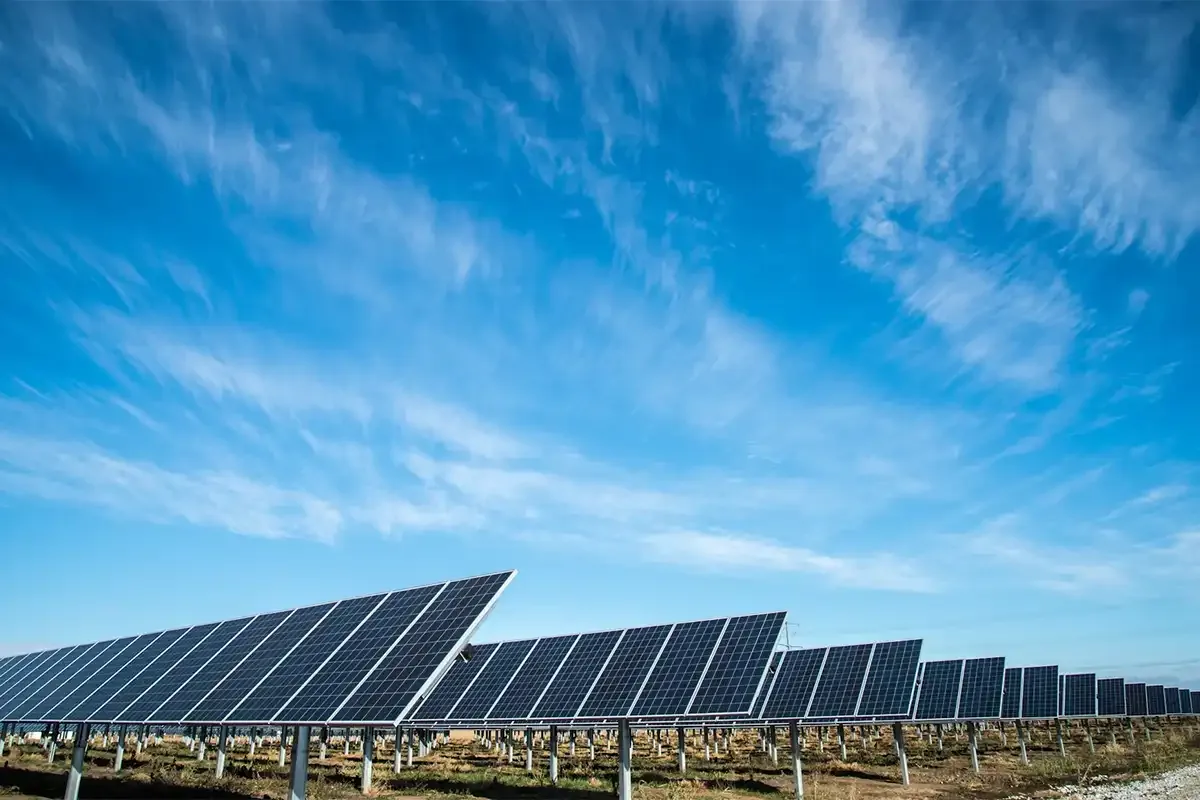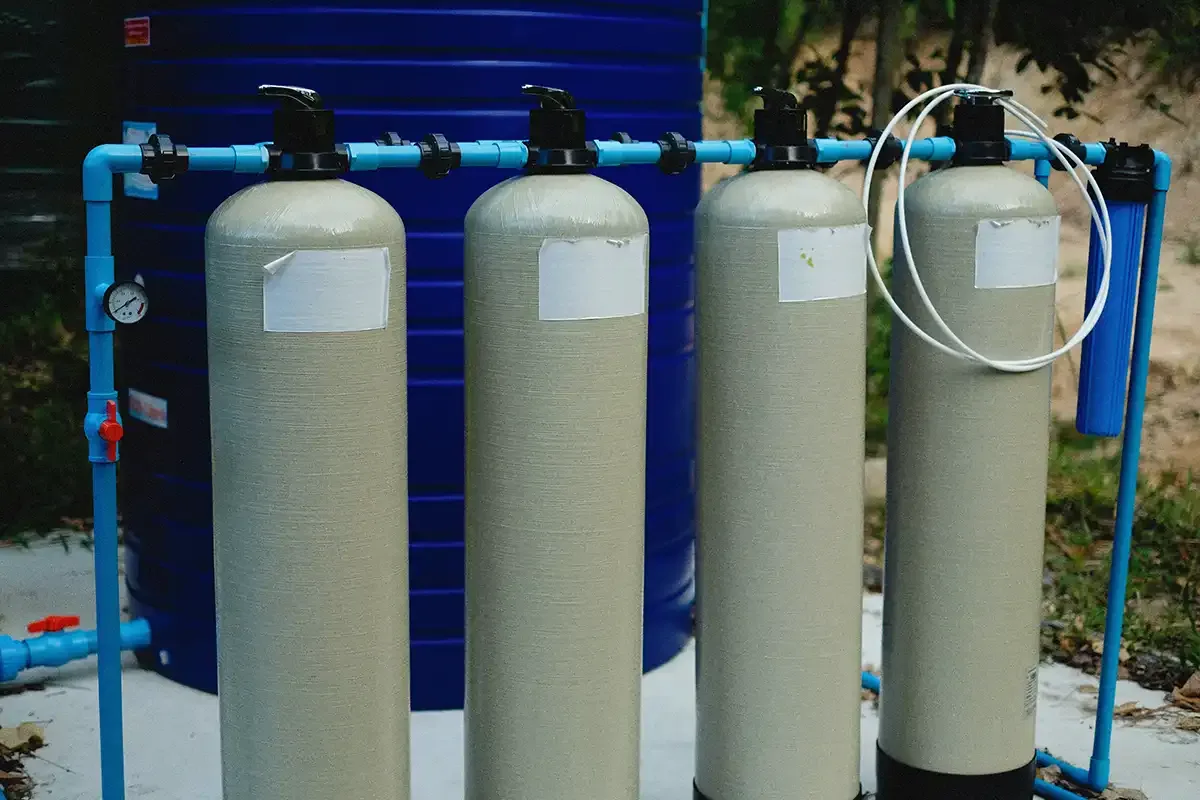Hydrogen Gas: Fueling the Shift to Renewable Energy
As the world accelerates towards net-zero emissions, hydrogen gas is stepping into the spotlight as a vital player in the clean energy revolution. Recognized for its high energy content and zero-emission output when used in fuel cells, hydrogen is increasingly becoming a cornerstone in sustainable energy strategies.
Governments and industries alike are investing in hydrogen production and hydrogen fuel cells to reduce carbon footprints across transportation, industry, and power generation. From large-scale renewable projects to precision lab research, hydrogen is proving to be versatile, efficient, and essential.
Learn more about the global movement towards hydrogen fuel from the World Economic Forum.
Hydrogen Production: Pathways to Clean Energy

Hydrogen is emerging as a game-changer in the global transition to clean energy. As industries and governments push toward decarbonisation, understanding the different types of hydrogen production is key to seeing how this versatile gas fits into future energy systems.
Green Hydrogen - Green hydrogen is produced using renewable energy sources—like wind, solar, or hydro power—through a process called electrolysis. This method uses electricity to split water into hydrogen and oxygen, with no carbon emissions involved. Because it’s entirely powered by renewables, green hydrogen is considered the cleanest and most sustainable option. It has the potential to replace fossil fuels in sectors that are hard to decarbonise, such as heavy transport, steel production, and industrial heating. Although it’s currently more expensive to produce, growing investment and falling renewable energy costs are making green hydrogen increasingly viable on a global scale.
Blue Hydrogen - Blue hydrogen is produced from natural gas, but with a twist—carbon capture and storage (CCS) technology is used to trap and store the CO₂ emissions that would otherwise be released into the atmosphere. This approach reduces the environmental impact compared to traditional fossil fuel use, making it a lower-emissions alternative. Blue hydrogen is seen as a transitional solution, helping to scale up hydrogen production while green hydrogen infrastructure continues to develop.
Grey Hydrogen - Grey hydrogen is the most widely used form today. It’s also produced from natural gas or coal, but without any emissions controls. As a result, it releases significant amounts of carbon dioxide into the atmosphere. While grey hydrogen is currently the cheapest option, it’s also the least sustainable. As climate policies tighten and carbon pricing becomes more widespread, grey hydrogen is expected to phase out in favour of greener alternatives.
According to a recent review published on ScienceDirect, hydrogen is poised to play a central role in helping countries achieve climate neutrality. Its ability to store energy, fuel transport, and power industrial processes makes it a cornerstone of future energy systems. As technology evolves and global momentum builds, hydrogen—especially in its green form—will be critical in driving long-term sustainability and energy resilience.
Hydrogen Fuel Cells: Clean, Emission-Free Power

Hydrogen fuel cells are at the forefront of clean energy innovation. These systems generate electricity through a chemical reaction between hydrogen and oxygen, with the only by-product being water vapour. That means zero harmful emissions—no carbon dioxide, no air pollutants—just clean power.
Because of this, hydrogen fuel cells are becoming a go-to solution for a range of applications where clean, efficient, and reliable energy is essential. They’re already being used to power electric vehicles, offering longer driving ranges and faster refuelling compared to traditional battery-powered EVs. They’re also widely adopted in industrial settings, especially in forklifts and material handling equipment, where quick refuelling and non-stop operation are crucial.
Fuel cells are also ideal for backup energy systems and off-grid or remote power stations. Their ability to provide stable, uninterrupted power makes them a valuable option in places where reliability is non-negotiable—such as hospitals, data centres, and remote infrastructure.
What makes hydrogen fuel cell technology especially exciting is its scalability and efficiency. Whether it’s powering a single vehicle or an entire building, fuel cells can be sized and configured to meet diverse energy needs. And as research and development continue to advance, the cost of fuel cell systems is gradually falling, making the technology more accessible across sectors.
With zero emissions, quiet operation, and growing infrastructure, hydrogen fuel cells are becoming a vital part of the transition to a cleaner, low-carbon energy future.
Hydrogen Storage: Unlocking Energy Flexibility

Efficient hydrogen storage is key to using hydrogen as a reliable energy source. It allows excess renewable energy to be stored and used later, improving grid stability and energy resilience.
Hydrogen can be stored in:
- Compressed gas form (most common)
- Liquid form for higher density storage
- Solid-state storage using advanced materials
This makes hydrogen a flexible solution for balancing energy demand and supply, especially in renewable-rich grids.
Hydrogen Gas Grades: Supporting Diverse Applications
At Coregas, we offer a variety of hydrogen gas grades tailored to specific needs:
- Hydrogen Gas – Laboratory Grade (5.0) – Ultra-high purity for scientific, R&D, and analytical use.
- Hydrogen Gas – Industrial Grade (4.0) – Suitable for welding, cutting, and general industrial applications.
- Explore All Hydrogen Gas Products – From fuel cell support to lab experiments, we supply hydrogen in multiple purities and packaging options.
Coregas: Your Partner in the Hydrogen Energy Transition

As a trusted supplier of industrial and specialty gases, Coregas is committed to supporting New Zealand’s transition to clean energy. We ensure:
- Reliable supply of high-purity hydrogen
- Multiple cylinder sizes and delivery options
- Technical support for custom energy and lab solutions
- Safety-first packaging and handling protocols
